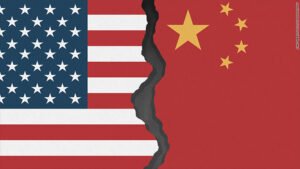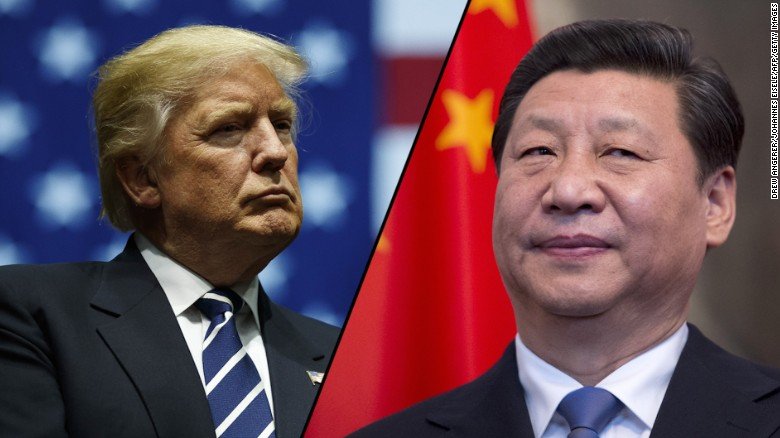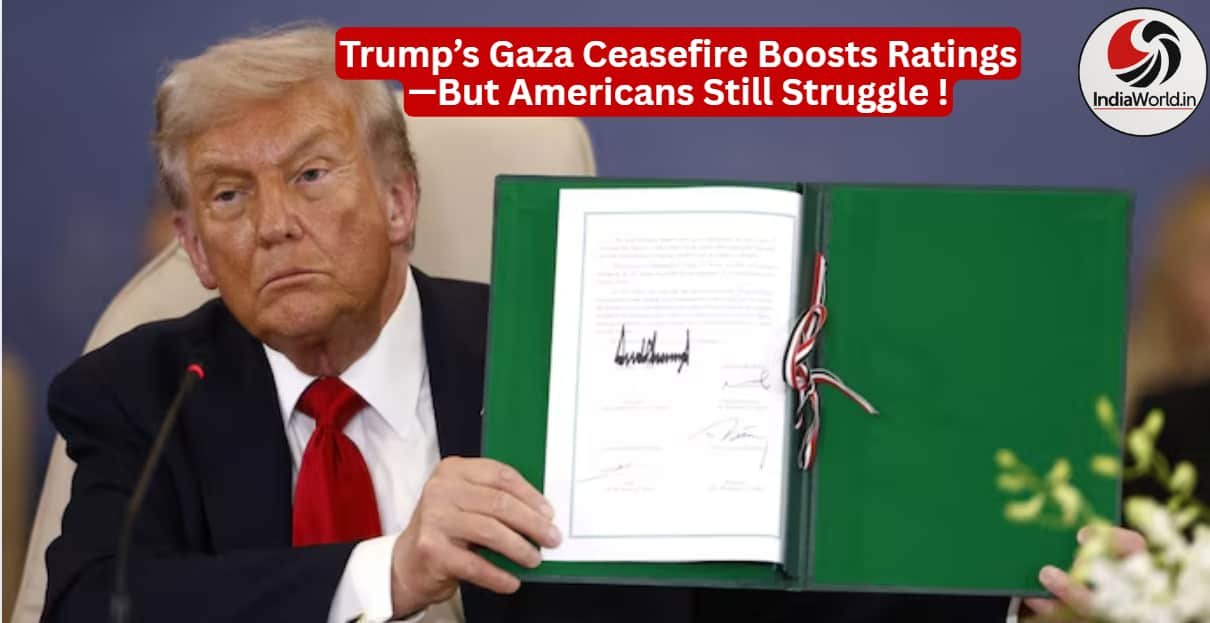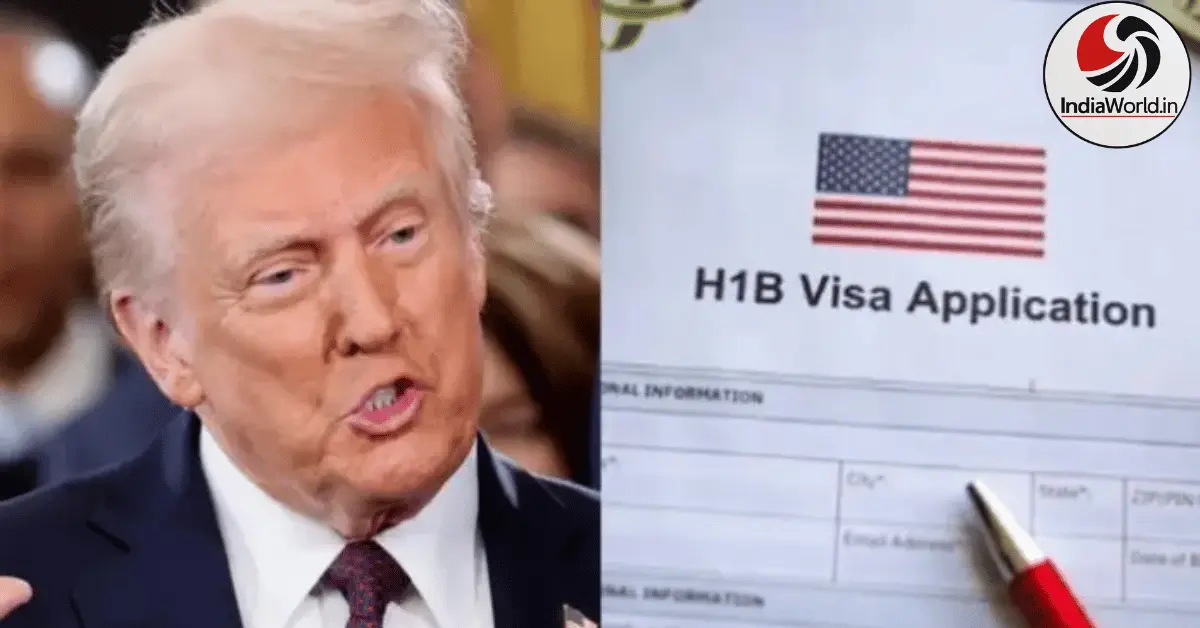Tariff Truce Brings Hope—But Don’t Call It a Peace Deal Yet
After years of tit-for-tat tariffs and fiery rhetoric, it seems the U.S.-China trade war may have reached a temporary cooling point. Over the weekend, U.S. and Chinese officials met in Geneva for what were described as “robust” discussions, resulting in a partial rollback of trade tariffs and a renewed commitment to continued talks.

U.S. Treasury Secretary Scott Bessent summed it up plainly: “Neither side wants a decoupling. We do want trade.” For now, both countries appear ready to pull back from the brink.
Under the new agreement, the U.S. will reduce tariffs on Chinese imports from 50% to 30%, while China will cut tariffs on U.S. goods down to 10%. While this isn’t a full resolution, economists say it’s a positive sign. “This is better than expected,” said Zhiwei Zhang of Pinpoint Asset Management. “It makes investors much less concerned about short-term global supply chain damage.”
Former President Donald Trump also chimed in on Truth Social, calling the outcome a “total reset” reached in a “friendly, but constructive” manner.
Why China Blinked
China has remained publicly defiant throughout the trade war, often mocking U.S. officials in state-run media and painting itself as resilient in the face of pressure. But behind the scenes, the Chinese economy has been showing signs of strain.
Sluggish factory output, high youth unemployment, and a real estate crisis have all weakened consumer confidence. New data shows prices are falling for a third straight month, a clear sign of a struggling domestic economy.
While China is still the top trading partner for over 100 countries, officials in Beijing may be realizing that economic nationalism comes at a cost. The agreement reached in Geneva could help ease those pressures—at least temporarily.
The Chinese Commerce Ministry called the agreement “an important step” and a foundation for deeper cooperation. That’s a dramatic change in tone from just weeks ago, when Chinese leaders wouldn’t even acknowledge that the talks had been initiated.
Don’t Be Fooled: The Bigger Battle Is Still Brewing
Despite the positive language from both sides, the core issues are still unresolved. China continues to export far more to the U.S. than it imports, and fundamental disagreements remain over Chinese state subsidies, tech competition, and geopolitical tensions—especially around Taiwan.
The current deal only pauses tariffs for 90 days, essentially buying time for further negotiations. China’s state media made it clear that goodwill has limits, warning the U.S. not to take advantage of Beijing’s willingness to talk.
“This is a victory for conscience and rationality,” said Zhang Yun of Nanjing University, noting that the talks created a framework for future dialogue. But that “victory” is only temporary.
The trade battle may no longer be playing out in shipping ports and factory floors—it’s moved to the negotiation tables in Washington and Beijing. And there’s still a long road ahead.
Read this article also : Terry Brunk, aka Sabu — Hardcore Wrestling Icon — Dies at 60
Read this also : Trump to Suspend Habeas Corpus ?





